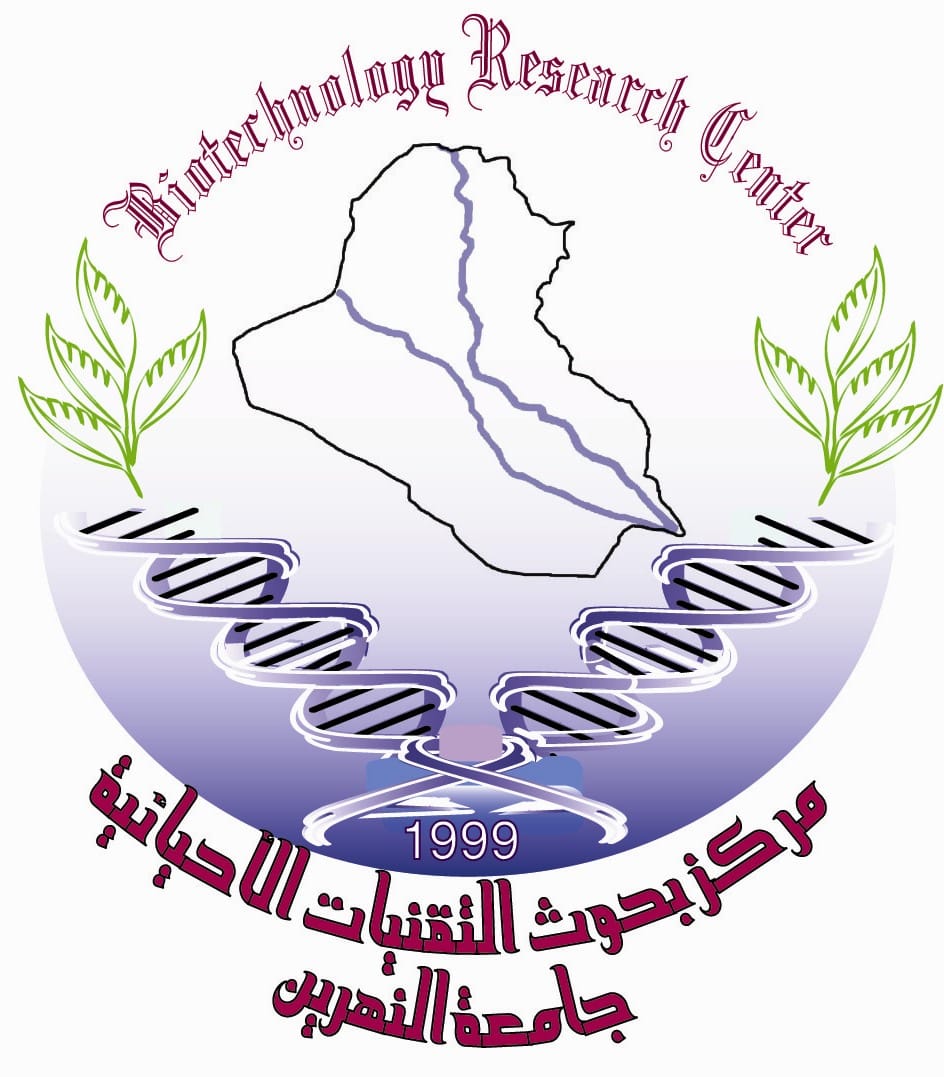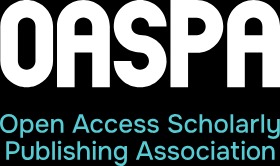Lipid Peroxidation and Nitric Oxide Scavenging Activity of the tricin extracted from rice bran
DOI:
https://doi.org/10.24126/jobrc.2023.17.1.693Keywords:
rice bran, tricin, antioxidant activity, flavonoids, Part of the doctoral dissertation of the first researcherAbstract
Back ground: Rice bran is an industrial waste resulting from the grain milling process. Consisting of husk, aleurone, and fractions. It contains many nutrients, including soluble and insoluble fiber, vitamins, minerals, fats, proteins, and phytochemicals such as Ɣ-oryzanol, tocopherols, tocotrienols and tricin which has health-beneficial properties.
Objective: The aim of research to estimate antioxidant activity of the aqueous extract of rice bran of the commercial jasmine variety and the tricin compound purified from it, by the method of nitric oxide suppression activity and the effectiveness of inhibiting lipid peroxidation, and the effect of the temperatures (63, 72,72, 85,100, 121,121, and 138) Co and the pH (4, 5, 6, 7, 8) in the activity.
Materials and methods: Samples of rice bran of the commercial jasmine variety were collected from Al-Tahbeesh sites in Al-Najaf Al-Ashraf for the year (2021). The aqueous extract was prepared using the maceration in boiling distilled water with a temperature of 70 C°, and the crystals of tricin were isolated by using a silica gel column (60) and solvents recovery n-hexane, ethyl acetate and methanol, respectively. This process resulted in nine parts (A-I) of the ethyl acetate solvent, concentrated in a rotary evaporator and left in the refrigerator 48 hours with the addition of chloroform to it. Needle-shaped yellow crystals were obtained, which were used to estimate antioxidant activity.
Results: The effectiveness of purified tricin as an ability to inhibit nitric oxide was higher than that of the aqueous extract of rice bran and ascorbic acid at percentages of (97.82, 72.99 and 77.20)% respectively at a concentration of 400 µg / ml, the highest concentration used, also tricin was superior in inhibiting lipid peroxidation of 98.31% over the aqueous extract of rice bran of the commercial jasmine variety 81.28% and ascorbic acid 93.10 at the same concentration, purified tricin showed stability towards temperatures at times (30 min, 15 sec, 30 min, 1 min, 30 min, 5 min, 15 min and 2 sec) higher than that of the aqueous extract in both methods, as the effectiveness ratios of tricin by nitric oxide suppression method reached (64.25, 53.87, 42.78, 47.44, 38.48, 45.74 , 39.04 and 36.13)% respectively, and by the lipid peroxide suppression method (90.73, 85.06, 63.32, 77.50, 32.27, 76.65, 35.06 and 25.30) % respectively, the two methods of effectiveness were used to estimate the stability of the aqueous extract of rice bran and the tricin towards different pH. The effectiveness of tricin was higher than the aqueous extract of rice bran at all tested numbers, and the highest effectiveness of tricin at pH (pH7) with the method of inhibiting nitric oxide and inhibiting lipid peroxidation was (46.56 and 90.92)% respectively.
Conclusion: purified tricin higher antioxidant activity than the aqueous extract using both methods, and showed higher stability towards changes in temperature and during different time periods, and higher stability towards a change in pH, especially in neutral conditions compared to acidic conditions and basal.
Downloads
Published
How to Cite
Issue
Section
License

This work is licensed under a Creative Commons Attribution 4.0 International License.
This is an Open Access article distributed under the terms of the creative commons Attribution (CC BY) 4.0 license which permits unrestricted use, distribution, and reproduction in any medium or format, and to alter, transform, or build upon the material, including for commercial use, providing the original author is credited.











